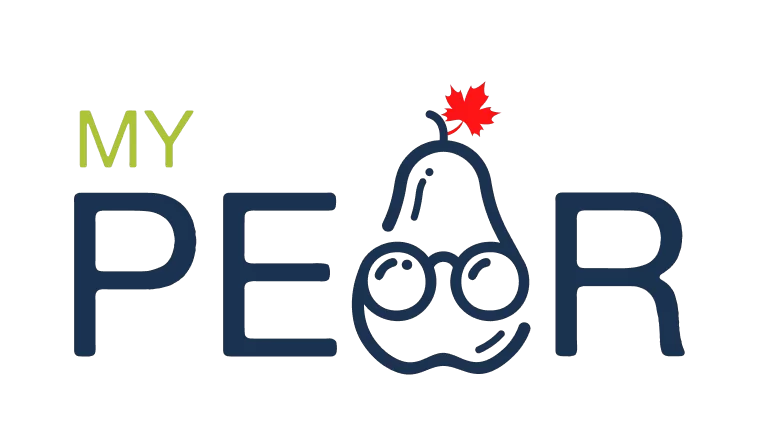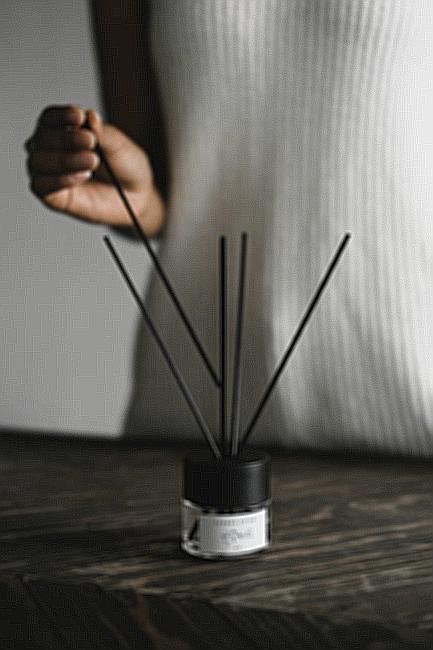Cat eye drops are an essential part of a feline owner’s pet care arsenal. These medicated drops are designed to treat and prevent a variety of eye problems in cats, ranging from mild irritation to more severe bacterial, viral or fungal infections. The eyes of a cat are highly sensitive and prone to problems, especially for outdoor cats exposed to the elements, making cat eye drops a must-have in every cat parent’s first-aid kit.
There are many types of cat eye drops available over the counter or prescribed by a veterinarian. Lubricant drops are the most common type, which helps keep the eyes moist and reduce irritation or dryness. Antihistamine, anti-inflammatory, and antibiotic drops or ointments are also available, depending on the cat’s needs.
Cats can experience a range of eye problems from redness and swelling to runny or gunky discharge, which can make it difficult for them to see and cause discomfort. Therefore, early intervention with cat eye drops can help relieve the pain and bring relief to the cat.
In summary, cat eye drops are an essential tool for cat owners to have on hand. By consulting with a veterinarian and quickly identifying and treating any potential problems, cat owners can help their furry companions to maintain good eye health and ensure they remain happy and healthy for years to come.
What Are Cat Eye Drops Used For?
Cat eye drops are a common medication prescribed to cats by veterinarians. They are formulated to treat a range of eye conditions that your cat may be suffering from. These conditions may include conjunctivitis, dry eyes, ocular infections, allergies, foreign bodies, and other irritations.
Conjunctivitis, also known as pink eye, is one of the most common eye conditions that cats suffer from. It is characterized by inflammation of the conjunctiva, which is the thin, protective layer that covers the white part of the eyes and lines the inner eyelids. Conjunctivitis can cause redness, swelling, itching, discharge, and discomfort in your cat’s eyes.
Dry eyes, on the other hand, occur when your cat’s eyes do not produce enough tears or the quality of the tears produced is poor. This can result in discomfort, redness, and irritation in your cat’s eyes.
Ocular infections, such as bacterial or viral infections, can also occur in cats, leading to symptoms such as discharge, redness, and swelling in the eyes. Allergies and foreign bodies can also cause eye irritations in your cat, which can be treated with the appropriate eye drops.
Can I Use Human Eye Drops For My Cat?
It is not recommended to use human eye drops for your cat as the formulations may not be suitable for cats. The pH balance of human eye drops may be different from that of cat eye drops, which can cause irritation, discomfort, and even damage to your cat’s eyes.
Additionally, human eye drops may contain ingredients that are harmful to cats, including preservatives and other chemicals that may be safe for humans but toxic for cats. Therefore, it is essential to use only cat eye drops prescribed by your veterinarian.
What Are The Best Cat Eye Drops?
The best cat eye drops may vary depending on the specific eye condition your cat is suffering from. Your veterinarian will recommend the appropriate eye drops for your cat’s condition after conducting a thorough examination of your cat’s eyes.
Some of the commonly prescribed cat eye drops include Terramycin Ophthalmic Ointment, Tobramycin Eye Drops, Neomycin and Polymyxin B Sulfates and Dexamethasone Ophthalmic Suspension, and Vetropolycin HC Ophthalmic Ointment.
How Do I Administer Eye Drops To My Cat?
Administering eye drops to your cat may seem daunting, but with patience and practice, it can be done easily. Here are some steps to follow when administering eye drops to your cat:
1. Wash your hands thoroughly before handling the eye drops.
2. Hold your cat securely and gently tilt their head backward.
3. Gently pull down the lower eyelid with one hand to expose the eye.
4. Hold the eye drops bottle with the other hand and aim the dropper above the exposed eye.
5. Squeeze one or two drops of the eye drops into the exposed eye.
6. Release your cat and allow them to blink; this will help distribute the eye drops in the eye.
Remember to reward your cat with treats and praise after administering the eye drops to create a positive association.
What Are The Side Effects Of Cat Eye Drops?
Just like any medication, cat eye drops may have side effects. Some of the common side effects of cat eye drops may include redness, itchiness, irritation, stinging, and tearing. However, these side effects are usually mild and temporary and should subside within a few minutes after administering the eye drops.
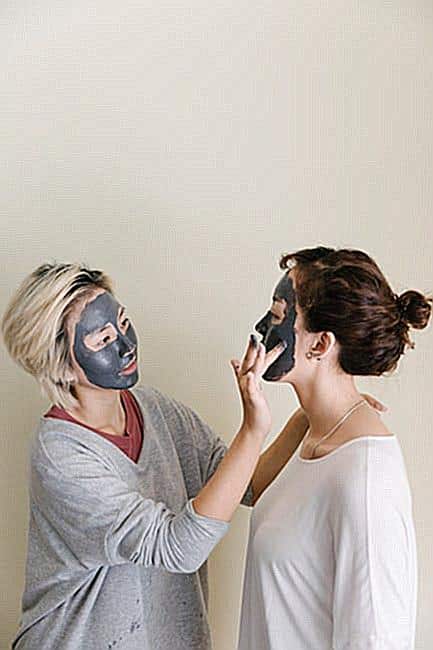
If your cat experiences severe side effects, such as swelling, discharge, or vision changes, contact your veterinarian immediately.
How Often Should I Use Cat Eye Drops?
The frequency of using cat eye drops will depend on the specific eye condition your cat is suffering from. Your veterinarian will recommend the appropriate frequency of administering the eye drops.
As a general rule, most cat eye drops are administered two to three times a day. However, it is essential to follow your veterinarian’s instructions to ensure your cat receives the appropriate treatment.
Can I Buy Cat Eye Drops Over The Counter?
Some cat eye drops may be available over the counter. However, it is recommended to only use cat eye drops prescribed by your veterinarian. Over-the-counter eye drops may not be formulated for cats or may contain harmful ingredients that can cause further damage to your cat’s eyes.
Do I Need A Prescription For Cat Eye Drops?
Yes, cat eye drops require a prescription from a licensed veterinarian. Your veterinarian will examine your cat’s eyes and determine the appropriate medication and dosage for your cat’s specific condition.
How Long Do Cat Eye Drops Take To Work?
The time it takes for cat eye drops to work will depend on the specific eye condition your cat is suffering from. Some conditions, such as bacterial infections, may require a few days of treatment with eye drops before improvement is seen. Others, such as foreign bodies, may clear up within a day or two of treatment.
It is important to follow the full course of treatment prescribed by your veterinarian, even if your cat’s symptoms improve before the end of the treatment period.
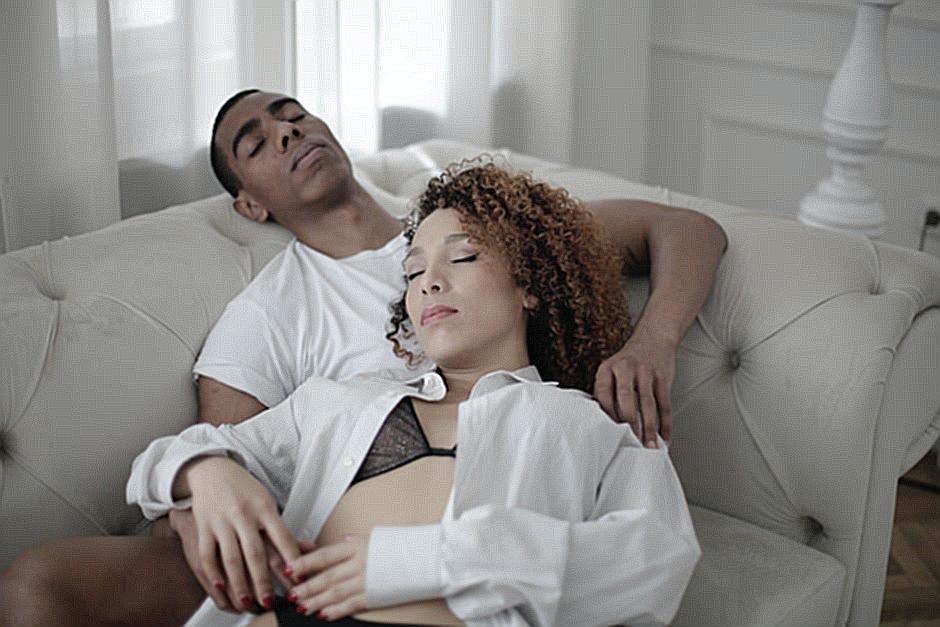
Can I Use Expired Cat Eye Drops?
Expired cat eye drops should not be used as they may not be effective and could even cause harm to your cat’s eyes. The efficacy and safety of medications may decrease over time, so it is important to dispose of expired medications properly and obtain a fresh supply from your veterinarian.
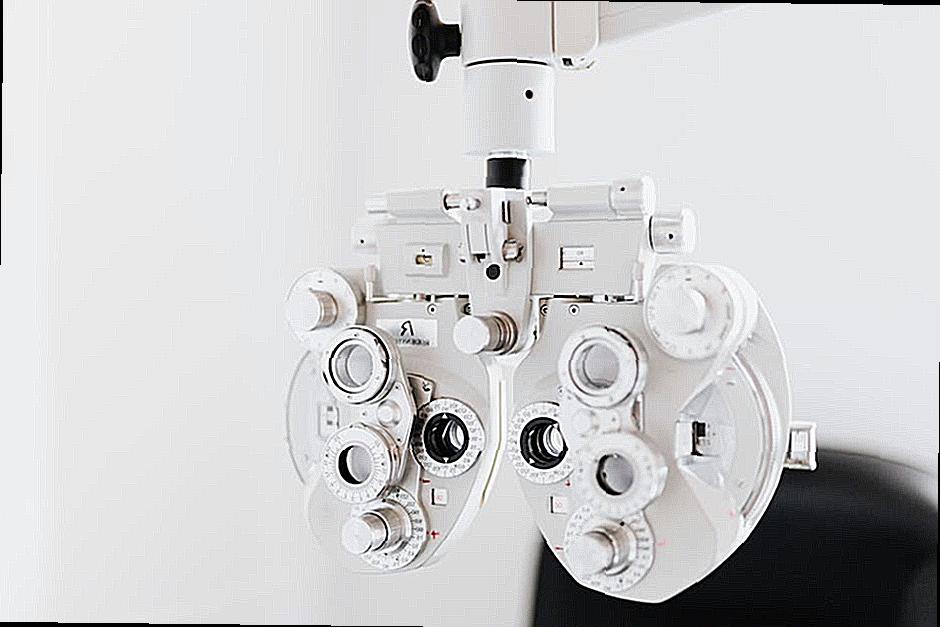
What Are The Ingredients In Cat Eye Drops?
The ingredients in cat eye drops may vary depending on the specific medication prescribed to your cat. However, some of the common ingredients found in cat eye drops include antibiotics, steroids, and lubricants.
Antibiotics may be used to treat bacterial infections in your cat’s eyes, while steroids may help reduce inflammation and swelling. Lubricants may be used to relieve dry eyes and provide moisture to your cat’s eyes.
It is important to follow your veterinarian’s instructions and not to use any eye drops unless prescribed for your cat’s specific eye condition.
Conclusion
In conclusion, cat eye drops are a highly effective and safe way of treating a wide range of feline ocular disorders, including conjunctivitis, corneal ulcers, and dry eye syndrome. These drops work by reducing inflammation and irritation, promoting healthy tear production, and preventing the growth of harmful microorganisms.
When choosing a cat eye drop, it is important to consult with a veterinarian to determine the underlying cause of the eye problem and to select the appropriate medication. Some eye drops may have side effects or potential interactions with other medications, so it is crucial to follow the veterinarian’s instructions and dosage recommendations carefully.
Applying eye drops to a cat can be challenging, but with patience, practice, and the right technique, it can be done successfully. It is important to keep the eye clean and to avoid touching it with fingers or objects to prevent the spread of infection.
Overall, cat eye drops are a valuable tool in maintaining feline eye health and preventing serious eye conditions from developing. By working with a veterinarian and using eye drops as directed, cat owners can help ensure their pets enjoy healthy eyes and clear vision for many years to come.
Conjunctivitis, also known as pink eye, is one of the most common eye conditions that cats suffer from. It is characterized by inflammation of the conjunctiva, which is the thin, protective layer that covers the white part of the eyes and lines the inner eyelids. Conjunctivitis can cause redness, swelling, itching, discharge, and discomfort in your cat's eyes.
Dry eyes, on the other hand, occur when your cat's eyes do not produce enough tears or the quality of the tears produced is poor. This can result in discomfort, redness, and irritation in your cat's eyes.
Ocular infections, such as bacterial or viral infections, can also occur in cats, leading to symptoms such as discharge, redness, and swelling in the eyes. Allergies and foreign bodies can also cause eye irritations in your cat, which can be treated with the appropriate eye drops.
"}},{"@type": "Question", "name": "Can I Use Human Eye Drops For My Cat?","acceptedAnswer": {"@type": "Answer","text": "It is not recommended to use human eye drops for your cat as the formulations may not be suitable for cats. The pH balance of human eye drops may be different from that of cat eye drops, which can cause irritation, discomfort, and even damage to your cat's eyes.
Additionally, human eye drops may contain ingredients that are harmful to cats, including preservatives and other chemicals that may be safe for humans but toxic for cats. Therefore, it is essential to use only cat eye drops prescribed by your veterinarian.
"}},{"@type": "Question", "name": "What Are The Best Cat Eye Drops?","acceptedAnswer": {"@type": "Answer","text": "The best cat eye drops may vary depending on the specific eye condition your cat is suffering from. Your veterinarian will recommend the appropriate eye drops for your cat's condition after conducting a thorough examination of your cat's eyes.
Some of the commonly prescribed cat eye drops include Terramycin Ophthalmic Ointment, Tobramycin Eye Drops, Neomycin and Polymyxin B Sulfates and Dexamethasone Ophthalmic Suspension, and Vetropolycin HC Ophthalmic Ointment.
"}},{"@type": "Question", "name": "How Do I Administer Eye Drops To My Cat?","acceptedAnswer": {"@type": "Answer","text": "Administering eye drops to your cat may seem daunting, but with patience and practice, it can be done easily. Here are some steps to follow when administering eye drops to your cat:
1. Wash your hands thoroughly before handling the eye drops.
2. Hold your cat securely and gently tilt their head backward.
3. Gently pull down the lower eyelid with one hand to expose the eye.
4. Hold the eye drops bottle with the other hand and aim the dropper above the exposed eye.
5. Squeeze one or two drops of the eye drops into the exposed eye.
6. Release your cat and allow them to blink; this will help distribute the eye drops in the eye.
Remember to reward your cat with treats and praise after administering the eye drops to create a positive association.
"}},{"@type": "Question", "name": "What Are The Side Effects Of Cat Eye Drops?","acceptedAnswer": {"@type": "Answer","text": "Just like any medication, cat eye drops may have side effects. Some of the common side effects of cat eye drops may include redness, itchiness, irritation, stinging, and tearing. However, these side effects are usually mild and temporary and should subside within a few minutes after administering the eye drops.
If your cat experiences severe side effects, such as swelling, discharge, or vision changes, contact your veterinarian immediately.
"}},{"@type": "Question", "name": "How Often Should I Use Cat Eye Drops?","acceptedAnswer": {"@type": "Answer","text": "The frequency of using cat eye drops will depend on the specific eye condition your cat is suffering from. Your veterinarian will recommend the appropriate frequency of administering the eye drops.
As a general rule, most cat eye drops are administered two to three times a day. However, it is essential to follow your veterinarian's instructions to ensure your cat receives the appropriate treatment.
"}},{"@type": "Question", "name": "Can I Buy Cat Eye Drops Over The Counter?","acceptedAnswer": {"@type": "Answer","text": "Some cat eye drops may be available over the counter. However, it is recommended to only use cat eye drops prescribed by your veterinarian. Over-the-counter eye drops may not be formulated for cats or may contain harmful ingredients that can cause further damage to your cat's eyes.
"}},{"@type": "Question", "name": "Do I Need A Prescription For Cat Eye Drops?","acceptedAnswer": {"@type": "Answer","text": "Yes, cat eye drops require a prescription from a licensed veterinarian. Your veterinarian will examine your cat's eyes and determine the appropriate medication and dosage for your cat's specific condition.
"}},{"@type": "Question", "name": "How Long Do Cat Eye Drops Take To Work?","acceptedAnswer": {"@type": "Answer","text": "The time it takes for cat eye drops to work will depend on the specific eye condition your cat is suffering from. Some conditions, such as bacterial infections, may require a few days of treatment with eye drops before improvement is seen. Others, such as foreign bodies, may clear up within a day or two of treatment.
It is important to follow the full course of treatment prescribed by your veterinarian, even if your cat's symptoms improve before the end of the treatment period.
"}},{"@type": "Question", "name": "Can I Use Expired Cat Eye Drops?","acceptedAnswer": {"@type": "Answer","text": "Expired cat eye drops should not be used as they may not be effective and could even cause harm to your cat's eyes. The efficacy and safety of medications may decrease over time, so it is important to dispose of expired medications properly and obtain a fresh supply from your veterinarian.
"}},{"@type": "Question", "name": "What Are The Ingredients In Cat Eye Drops?","acceptedAnswer": {"@type": "Answer","text": "The ingredients in cat eye drops may vary depending on the specific medication prescribed to your cat. However, some of the common ingredients found in cat eye drops include antibiotics, steroids, and lubricants.
Antibiotics may be used to treat bacterial infections in your cat's eyes, while steroids may help reduce inflammation and swelling. Lubricants may be used to relieve dry eyes and provide moisture to your cat's eyes.
It is important to follow your veterinarian's instructions and not to use any eye drops unless prescribed for your cat's specific eye condition.
"}},{"@type": "Question", "name": "Conclusion","acceptedAnswer": {"@type": "Answer","text": "In conclusion, cat eye drops are a highly effective and safe way of treating a wide range of feline ocular disorders, including conjunctivitis, corneal ulcers, and dry eye syndrome. These drops work by reducing inflammation and irritation, promoting healthy tear production, and preventing the growth of harmful microorganisms.
When choosing a cat eye drop, it is important to consult with a veterinarian to determine the underlying cause of the eye problem and to select the appropriate medication. Some eye drops may have side effects or potential interactions with other medications, so it is crucial to follow the veterinarian’s instructions and dosage recommendations carefully.
Applying eye drops to a cat can be challenging, but with patience, practice, and the right technique, it can be done successfully. It is important to keep the eye clean and to avoid touching it with fingers or objects to prevent the spread of infection.
Overall, cat eye drops are a valuable tool in maintaining feline eye health and preventing serious eye conditions from developing. By working with a veterinarian and using eye drops as directed, cat owners can help ensure their pets enjoy healthy eyes and clear vision for many years to come. "}}]}
